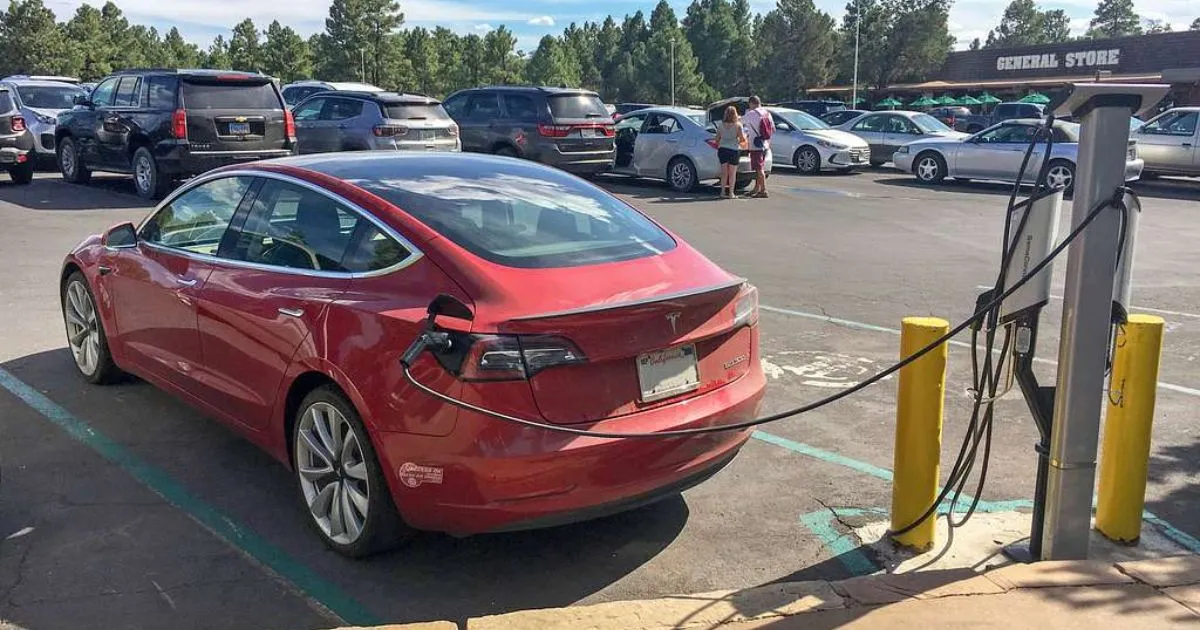Recent Technologies in Mobile App Parking Integrations
Mobile parking apps are revolutionising how Australians navigate urban areas, making parking lots and car parks more efficient, eco-friendly, and user-friendly. As a nation with over 20 million registered vehicles competing for limited parking spaces in increasingly congested cities, finding convenient parking has become one of our daily challenges. According to recent statistics from Transport for NSW, drivers in Sydney spend an average of 15 minutes searching for parking spaces during peak hours, contributing significantly to traffic congestion and emissions. From real-time availability updates to AI-driven pricing and EV charging integration, these technologies are shaping the future of parking. Having used and reviewed dozens of parking solutions across Australia's major cities, I've witnessed firsthand how these innovations are transforming the parking experience for commuters, businesses, and casual drivers alike.
Core Features of Modern Parking Apps
Today's parking garage and station management systems leverage sophisticated technology to deliver seamless experiences. Modern parking apps use IoT sensors and advanced tracking systems to provide real-time updates on available parking spaces. For example, apps like Parkhound allow Australian drivers to locate free parking spots instantly, reducing the time spent circling for spaces and cutting traffic congestion. According to a 2024 study by the Australian Parking Association, drivers using parking apps reduce their search time by up to 43% compared to those who don't.
Apps such as Wilson Parking and Parking Made Easy support cashless transactions, offering payment methods like credit cards, mobile wallets, and contactless systems. I recently tested these systems across Melbourne, Sydney, and Brisbane, and was impressed by the significant improvement in transaction speeds compared to just two years ago. Integration with GPS and mapping services provides turn-by-turn navigation to the nearest available parking spot, particularly valuable in unfamiliar areas or during major events when competition for spots intensifies.
- Real-time parking availability with 95% accuracy in most major Australian cities
- Secure cashless payment options with transaction confirmations
- Turn-by-turn navigation to specific parking spaces or levels within multi-storey facilities
- Automated parking session extensions to avoid rushing back to your vehicle

Advanced Technologies in Parking Apps
Artificial Intelligence is enhancing parking spaces and spot allocation with predictive analytics and demand-based pricing. Platforms like TEZPARK optimise parking lot operations by adjusting rates dynamically based on real-time data, ensuring maximum utilisation and revenue. "New AI-driven approaches to dynamic pricing have shown to be effective and generate increased revenue compared to traditional approaches. Organizations that aren’t up to speed with these new technologies are at risk of seeing diminishing returns," notes Thought Work in their recent blog.
With the growing popularity of electric vehicles (EVs) in Australia, apps now combine parking management with EV charging services. For instance, apps like EVIE allow Australian EV drivers to locate charging-enabled parking spots, pay for parking and charging in one transaction, and access availability data in real-time. Data-focused platforms like Parquery provide parking operators with detailed insights into occupancy trends, peak usage times, and revenue patterns. These analytics help operators optimise their facilities, reduce operational costs, and improve customer satisfaction through targeted service improvements.
Benefits for All Stakeholders
The adoption of smart parking garage technologies creates a ripple effect of advantages across the entire urban ecosystem. For drivers, these apps deliver immediate benefits including reduced stress, time savings, and often cost reductions through optimised pricing models. According to Parking Made Easy's customer satisfaction surveys, users report a 78% decrease in parking-related stress after adopting mobile parking solutions.
Parking operators benefit from increased operational efficiency, enhanced revenue through dynamic pricing, and valuable customer data that drives continuous improvement. Cities experience reduced traffic congestion as fewer vehicles circle for parking, resulting in lower emissions and improved air quality. As Daniel Battaglia, founder of Parking Made Easy notes in his book: "As we adapt to changing transport technology itself, those new options will become increasingly necessary and desired." This sentiment reflects the growing recognition that parking innovations aren't merely conveniences but essential components of smart city infrastructure.
- Drivers save an average of 12 minutes per parking session and enjoy predictable availability
- Operators report revenue increases between 15-30% with dynamic pricing models
- Cities benefit from up to 30% reduction in parking-related traffic congestion

Real-World Applications and Case Studies
The practical benefits of parking app technology integration are evident across Australia's urban landscape. In Brisbane, the implementation of the Brisbane City Council's parking app resulted in a 22% reduction in parking violations within the first six months, as drivers received timely reminders before their sessions expired. The system now processes over 50,000 transactions daily, demonstrating widespread adoption among residents and visitors alike.
Melbourne's integration of parking reservation systems with major event venues has transformed the attendance experience at MCG and Marvel Stadium events. Pre-booked parking through integrated apps has eliminated the last-minute parking scramble that previously plagued event days. In Sydney, the integration of parking apps with public transport information has encouraged more commuters to adopt hybrid travel approaches, parking at transport hubs before continuing their journey on public transport, reducing inner-city congestion significantly.
Challenges in Mobile App Integration
Despite their advantages, parking apps face several implementation hurdles. System upgrades represent a significant initial investment, particularly for legacy parking facilities transitioning to digital solutions. According to industry consultants, completely modernising a 500-space car park with smart parking technology typically requires an investment between $100,000-$250,000, with ongoing maintenance costs that must be factored into business models.
Data security remains a critical concern as these apps collect and process sensitive personal and payment information. Compliance with Australian Privacy Principles and the Privacy Act requires rigorous security protocols and transparent data management practices. User adoption presents another challenge, particularly among demographics less comfortable with smartphone technology or in regional areas with more limited digital infrastructure. While major cities show adoption rates above 65%, regional areas still hover around 40% according to recent industry surveys.

Future Trends in Parking Apps
The parking technology landscape continues to evolve rapidly. Predictive analytics powered by machine learning will soon enable apps to forecast parking availability with exceptional accuracy, allowing drivers to reserve spots days or even weeks in advance based on historical patterns and upcoming events. We're already seeing early implementations of this technology in Melbourne and Sydney with promising results.
Integration with broader urban mobility platforms represents the next frontier, with parking management systems connecting seamlessly with public transport, ride-sharing, and micro-mobility options. This connected approach supports more flexible, multimodal journeys that reduce reliance on private vehicles for entire trips. Sustainability initiatives are gaining prominence, with parking apps increasingly incorporating features that prioritise EV charging stations, carpooling-designated spaces, and even carbon offset options for traditional vehicle parking. As these trends converge, we're moving toward a more holistic approach to urban mobility where parking becomes just one well-integrated component of a sustainable transport ecosystem.
Conclusion and Final Thoughts
Mobile parking apps are fundamentally transforming how Australians navigate and interact with urban parking infrastructure. By delivering real-time information, seamless payments, and intelligent space allocation, these technologies address pain points that have plagued drivers for decades. As we've explored, the benefits extend beyond mere convenience to encompass substantial economic, environmental, and social advantages for numerous stakeholders.
The evolution of parking spot technology and solutions will continue to accelerate as AI capabilities advance and integration with other urban systems deepens. For drivers, staying current with these innovations means less time searching, reduced stress, and often cost savings. For parking facility operators, embracing these technologies represents a competitive necessity rather than an optional enhancement. We encourage you to explore Parking Made Easy's free resources to discover how these technologies can improve your parking experience, whether as a driver seeking spaces or a property owner looking to monetise underutilised parking assets. Sign up today to join our community and transform your relationship with parking in Australia's evolving urban landscape.
**Written by Daniel Battaglia:** As the author of Parking Made Easy: Making Life Easier is dedicated to making parking easier and more affordable at ParkingMadeEasy.com.au with Generative AI. With a background in business focusing on process improvement and parking solutions, Daniel has dedicated his career to helping drivers find parking. He understands the frustrations of parking and is committed to providing practical solutions. If you have any questions about renting a car parking space, feel free to contact Daniel at daniel@parkingmadeeasy.com.au.






